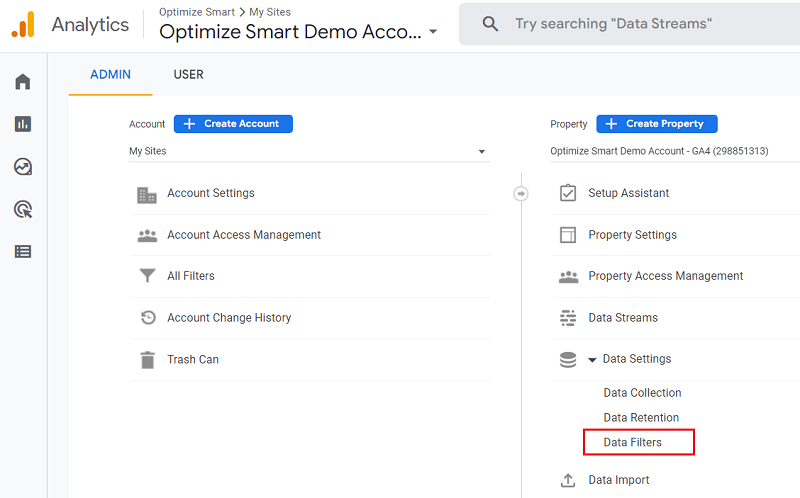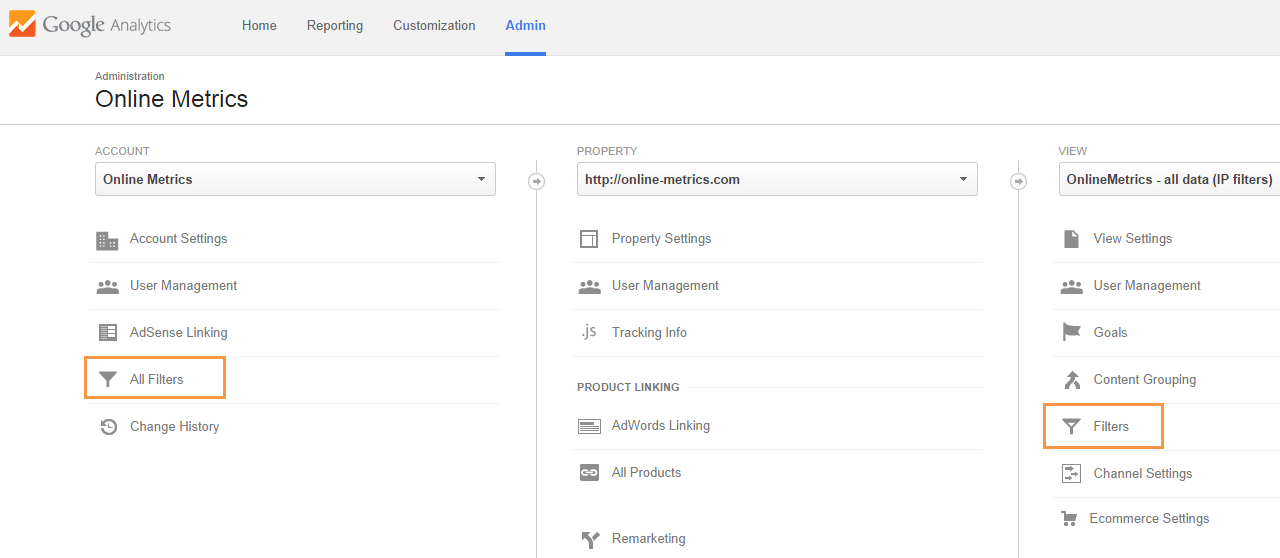Some Ideas on In Which Order Does Google Analytics Filter Data You Should Know
Table of ContentsThe Main Principles Of In Which Order Does Google Analytics Filter Data 6 Simple Techniques For In Which Order Does Google Analytics Filter DataNot known Incorrect Statements About In Which Order Does Google Analytics Filter Data The Greatest Guide To In Which Order Does Google Analytics Filter Data
Handle authorizationIn this article, we discuss the advantages of Filters and exactly how to produce them to address some common problems. Filters interact with Sights, to separate a subset of your data. Keep in mind that, below, the term "Filter" is short-hand for "Sight Filter," which should not be puzzled with the filters that can be included to customized records.
They are used during data collection for a Sight so that the unwanted information never ever gets stored in that View. Advanced Segments, on the other hand, work with records and also limit the information shown in a particular record.
Usage Filters when you need a View where all the records show only the filtered information. One benefit of making use of Filters (as opposed to Sectors) is information safety.
The Definitive Guide for In Which Order Does Google Analytics Filter Data
In this situation, you would produce a "Blog site Only" Sight by using a Filter that limits data to only Blog Pageviews. One more benefit is benefit. You can typically attain the exact same results in your records by applying Segments. Yet, if you constantly need to consider a particular part of the information (e.
It is also simpler for users, that might not be completely fluent in Google Analytics, to simply tell them to take a look at a specific Filtered Sight, rather than instructing them how to collaborate with Sectors. Note that Filters and also Sections do not produce specifically the same results. To recognize the distinctions, I recommend reviewing The vital difference in between sectors and also filters post by Analytics Canvas.
By always having at least one unfiltered Sight, you recognize that you are covered. To create a Filter, open up the Admin area, pick the View you intend to filter, select "Filters," and click "+ New Filter (In Which Order Does Google Analytics Filter Data)." You will after that be presented with an arrangement screen for establishing your Filter

In Which Order Does Google Analytics Filter Data Can Be Fun For Anyone
When you first create a Filter, you must try it out on an examination Sight first. By doing this, if you make a mistake, you will not corrupt the information in one of your existing Sights. Currently that you know just how to produce a Filter, lets take a look at several of the better kinds of Filters you might want to make use of to assess your internet site.
For this example, I used the totally free IP Range Routine Expression Home Builder supplied by Analytics, Market. The instance over works only if your inner traffic comes from fixed a fantastic read IP addresses i. e., the address (or variety) does not transform. If your employees log in from residence, or on the roadway, then possibilities are their web traffic is coming from dynamic IP addresses, and there is no means to know in advance where they are coming from as well as filter them out using an IP address.
You might want to have a Sight that has just blog website traffic. Right here is the Filter that we utilize to create our "Megalytic Blog Site Just" Sight. In this case, we have the ability to make use of the "Predefined filter" alternative and merely define the blog directory site for inclusion. All hits from check outs to page courses that do not begin with "/ blog site/" will certainly be removed of this View.
We have a View that reveals only website traffic from logged in Users. We use this View to assess the you can try here habits of people that are utilizing the Megalytic item, as opposed to browsing the website or reviewing the blog. One way to do this is to produce a personalized measurement that will flag the Procedure from your "Super Users." You will certainly likewise need to add tracking code to your website that sets the custom measurement.
Some Known Facts About In Which Order Does Google Analytics Filter Data.
When the custom dimension is set up and monitoring, you can produce a View Filter to consist of only Procedure where that customized dimension has been set. At Megalytic, we use a personalized measurement called "User, Id" to identify Users that have produced Megalytic accounts. Below is what our Filter definition appears like.

You need to never ever include any kind of filters to this sight. This view would be the one you make use of for reporting often. Call it whatever you like, yet make sure it's connected to your group which see need to be made use of for coverage. Apply your filters to this "Examination View".
